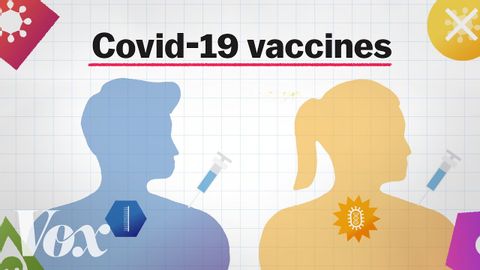mRNAワクチン、説明 (mRNA vaccines, explained)
林宜悉 が 2021 年 02 月 04 日 に投稿  この条件に一致する単語はありません
この条件に一致する単語はありませんUS /ˈprɑsˌɛs, ˈproˌsɛs/
・
UK /prə'ses/
- v.t.(コンピュータの)データを処理する;処理する;処理する;一連の工程を経る;加工する : 加工処理する;理解する
- n. (c./u.)手続き;一連の行為;方法;訴訟手続き;プロセス (コンピューター)
US /ɪˈmjoon/
・
UK /ɪˈmju:n/
US /pænˈdɛmɪk/
・
UK /pæn'demɪk/
US /ˈɪmˌpækt/
・
UK /'ɪmpækt/
- n.影響;衝撃
- v.t./i.衝突する;影響を与える;埋伏する
エネルギーを使用
すべての単語を解除
発音・解説・フィルター機能を解除
